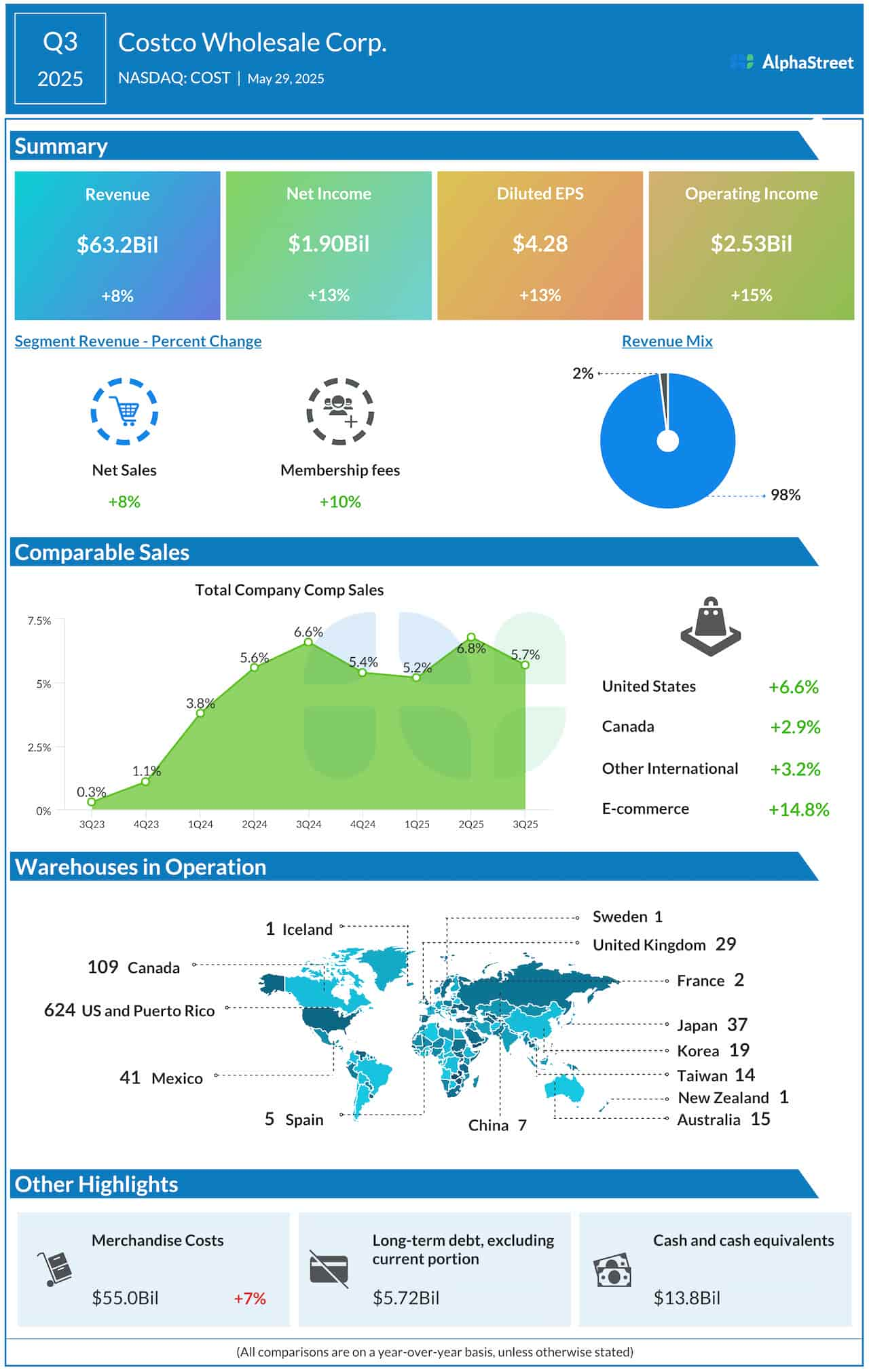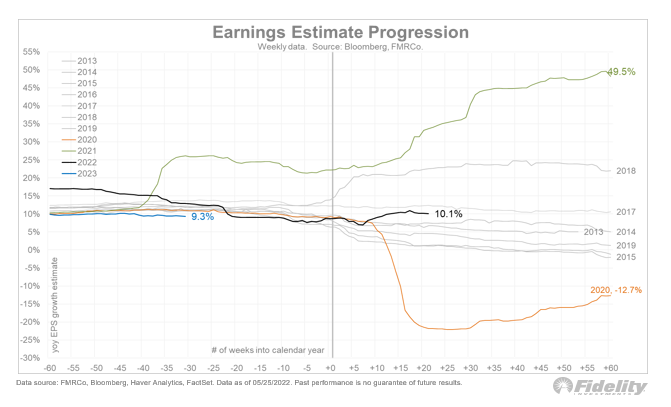While there is no definitive event that caused confidence in special purpose acquisition companies (SPACs) to collapse, the rats institutional investors started jumping ship in the second half of 2021. You can see the switch flip around July 2021, based on how much money investors pulled out before a SPAC merger was completed, according to data pulled together by some big-time international law firm.
Between January and July 2021, the average monthly redemption rate for SPACs ranged from 7% to 43%. In contrast, average redemption rates ranged from 43% to 67% between July and November 2021. Through the first nine months of 2022, the average redemption rate was more than 80%. Talk about a vote of no-confidence. We were sounding the alarm back in mid-2020 that SPACs screwed retail investors. Since then, we’ve found only a handful worth looking at once the dust had settled. As promised, we’ve continued to follow up on a few more that seemed interesting, except for the fact that they had opted to take the back door to the public markets.
That brings us to Tritium (DCFC), one of a half-dozen electric vehicle charging stocks that emerged during the SPAC craze.
About Tritium Stock

A few things have changed since our original article about Tritium stock, which looked pretty good on paper at the time. The combined Brisbane, Australia-based company started trading on the Nasdaq in mid-January 2022, with a market cap of about $1.6 billion. Things looked good for a hot minute, especially after the company announced in February 2022 that it would locate a manufacturing plant in Tennessee to build charging stations, sending the stock up 70%.
The good times didn’t last long:

Nearly a year later, Tritium stock is down more than 80% and sports a market cap of $260 million. The problems really started before the Australian company completed its business combination with an outfit called Decarbonization Plus Acquisition Corporation II (DPAC). Institutional investors pulled out more than $349 million from DPAC’s trust, leaving only $53.2 million for the new company, plus another $15 million in additional private equity. Most of that money was eaten up in the $55 million in estimated fees associated with the merger. By September 2022, the company announced it was restructuring existing loans and adding more debt to the tune of $150 million total. It also has the option of up to another $75 million by selling shares to a financial services company. In the same month, Tritium released its 2022 fiscal year revenues:

While the $86 million represented a 56% increase from the year before, it fell way, way short of the $170 million that the company had promised in its shiny investor deck back in May 2021 – more than a year into the pandemic. So don’t blame it on the Rona. And this is why, boys and girls, you never buy shares in a blank check company until the ink has dried and the official paperwork has been filed.
Is There a Bull Case for Tritium Stock?
The financials and sub-billion-dollar market cap are enough to end the article right here, but we know readers are keen on this green technology theme. Based on our simple valuation ratio, Tritium stock certainly seems like a bargain price (around three using 2022 revenues). But cheap isn’t a reason to buy stock in a company that can’t keep its promises. Let’s see if there is a bull case to be had for Tritium stock.
A Faster Charger
One of the company’s main selling points is its line of EV charging stations. It is focused solely on direct current (DC) chargers, which are much faster than alternating current (AC) chargers. If time is money, then Tritium is the obvious choice with its Level 3 chargers:

As of June 2022, the company had sold more than 7,600 DC fast chargers. Aside from being fast, the charging stations are modular, which allows the components to be easily replaced or upgraded as technology improves. The design also features liquid-cooled charging tech, which we’re told requires less maintenance and a smaller overall footprint, which Tritium claims can reduce the total cost of ownership up to 37% over a 10-year period.
A Bigger Market
Revenue diversification is one of our most important metrics for a company, and we like the fact that Tritium is spreading the wealth around. About half of its revenue is from Europe and 36% is based in the United States, with the rest coming from the Asia-Pacific region. Those figures also demonstrate how quickly Tritium is penetrating the U.S. market. In 2021, 70% of its revenues came from Europe and 20% were from the United States, with Australia and New Zealand accounting for the other 10%.

The Tennessee factory is already up and running, so we would expect U.S. sales to continue to grow in the next few years, along with market share of DC fast chargers, which Tritium estimates at 20% in the United States and 10% in Europe. The U.S. market will be especially important over the next decade, with the federal government committing $7.5 billion toward new EV chargers with a target of 500,000 during that time frame. That should give the industry some leeway as it figures out a way to better monetize EV charging stations, because the profit margin on selling electricity isn’t likely to be much better than the one for selling gas, as we’ve pointed out before.
Should You Buy Tritium Stock?
That’s not really Tritium’s problem. Its business relies solely on hardware sales, not operations like some competitors. Its products mainly consist of stand-alone chargers and distributed chargers, which are basically systems with multiple charging stations. Customers include companies that run charging networks, automakers, EV fleet operators, retail locations, utilities, and even old-fashioned fuel stations. Its challenge is to somehow make it profitable to sell EV chargers to those customers. Currently, it’s costing the company more to manufacture them than to sell them – and that’s before you add in all the overhead like sales and secretaries. That’s not a problem that will likely be solved any time soon. Losses will continue, and Tritium only had about $70 million in cash at the end of June 2022.

As you might expect, there is also some customer concentration risk. One customer in the distributed chargers segment accounted for $13 million in 2022 revenue, representing about 15% of total revenue. In addition, about 14% of product sales were made to two companies who are also shareholders in Tritium – Gilbarco Veeder-Root and Fast Cities Australia.
The former is a subsidiary of Vontier (VNT), a manufacturing company with $3 billion in 2021 revenue, including $880 million for old-fashioned fueling systems via Gilbarco. (Side note: Gilbarco originally had first dibs on acquiring Tritium, based on a 2018 agreement but waived that right to allow the SPAC merger to proceed.) So there is some obvious interest in making bets on EV charging infrastructure. For instance, another major industry player, Dover Fueling Solutions, launched its own EV fast charger system in Europe back in September 2022.

It’s too early to say whether Dover (DOV) presents a substantial market challenge to Tritium in Europe, but its $19 billion parent corporation certainly has the resources. Speaking of competition: We have yet to mention the 800-pound gorilla among EV charging companies, ChargePoint (CHPT), which is rolling out DC express chargers through its sprawling network. While the company has its own profitability problems, ChargePoint had triple the amount of 2022 revenue compared to Tritium and looks to be steadily trimming losses.
Conclusion
We’re not saying Tritium stock is a lost cause, but the company’s current financial situation appears a little precarious at the moment. It’s hard to see any upside for investors until it can significantly bring manufacturing costs down. Presumably, its new factory will help provide the scale to reduce costs, but we’re not privy to that math. At this time, we don’t think Tritium will be anymore more than a small player, or potentially a bankrupt player, if they can’t figure out how to sell a product for more than it costs to produce.
Tech investing is extremely risky. Minimize your risk with our stock research, investment tools, and portfolios, and find out which tech stocks you should avoid. Become a Nanalyze Premium member and find out today!

















